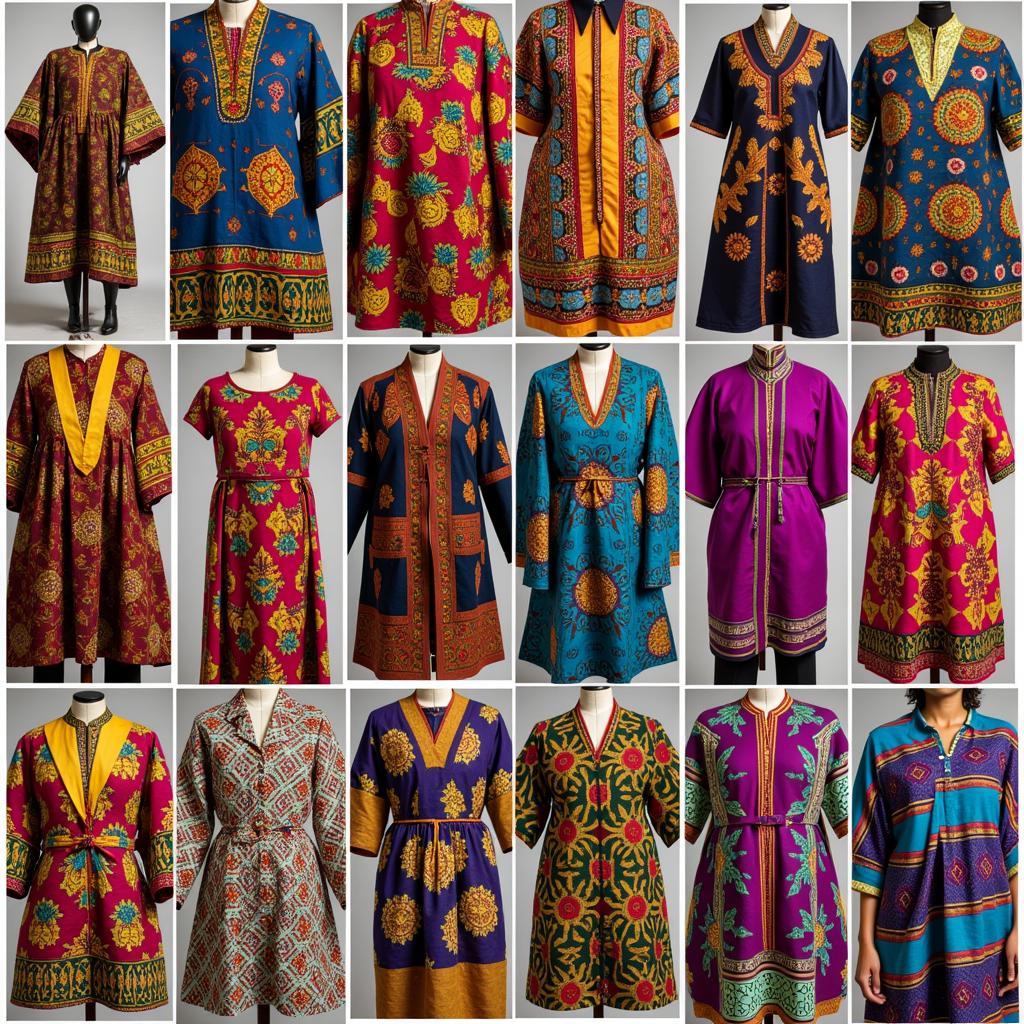African American Diversity in the Workplace: Breaking Barriers and Building Inclusion
Diversity and inclusion have become more than just buzzwords in today’s business world; they’re essential for fostering innovation, creativity, and success. While progress has been made, African Americans continue to face unique challenges in the workplace. This article dives into the multifaceted aspects of African American Diversity In The Workplace, exploring both the hurdles and the opportunities that lie ahead.
 African American Professionals Collaborating in a Meeting
African American Professionals Collaborating in a Meeting
Understanding the Landscape: Representation Matters
Despite making up a significant portion of the US population, African Americans remain underrepresented in various sectors and at different levels of leadership. This disparity is often attributed to systemic barriers, including bias in hiring practices, limited access to mentorship and networking opportunities, and a lack of representation in senior leadership roles.
 African American Woman Leading a Team Meeting
African American Woman Leading a Team Meeting
The Power of Diverse Perspectives: Why Inclusion is Key
Embracing diversity isn’t just about filling quotas; it’s about acknowledging and valuing the unique perspectives and experiences that individuals from diverse backgrounds bring to the table. When employees feel seen, heard, and respected for who they are, they are more likely to be engaged, productive, and innovative.
For African American professionals, their unique experiences can offer invaluable insights into diverse markets, consumer behavior, and cultural nuances, ultimately contributing to a company’s bottom line.
Breaking Down Barriers: Creating Equitable Opportunities
Addressing the underrepresentation of African Americans in the workplace requires a multi-pronged approach. Organizations need to implement proactive measures to create more equitable opportunities, such as:
- Blind recruitment processes: Removing identifying information from resumes to mitigate unconscious bias in the initial screening stage.
- Diversifying talent pipelines: Partnering with historically Black colleges and universities (HBCUs) and professional organizations to reach a broader pool of qualified candidates.
- Mentorship and sponsorship programs: Providing African American employees with the guidance and support they need to advance in their careers.
Cultivating Inclusive Cultures: Beyond Representation
Creating a truly inclusive workplace goes beyond simply hiring a diverse workforce; it requires fostering a culture where everyone feels a sense of belonging. This includes:
- Promoting open dialogue: Encouraging open and honest conversations about race and racism in the workplace.
- Providing diversity and inclusion training: Equipping employees with the tools and knowledge to recognize and address unconscious bias.
- Creating employee resource groups: Offering spaces for African American employees to connect, support each other, and share their experiences.
 Diverse Group of Professionals Attending a Diversity Training Session
Diverse Group of Professionals Attending a Diversity Training Session
“Creating an inclusive workplace requires more than just checking boxes,” says Dr. Kimberly Wilson, a leading expert in diversity and inclusion. “It’s about actively fostering an environment where every employee feels valued, respected, and empowered to contribute their unique talents.”
The Benefits of an Inclusive Workplace: A Win-Win for All
Investing in diversity and inclusion is not just the right thing to do; it’s also good for business. Studies have shown that companies with diverse leadership teams and workforces are more likely to:
- Outperform competitors in terms of profitability and innovation.
- Attract and retain top talent from a wider pool of candidates.
- Improve employee morale and engagement, leading to increased productivity.
- Enhance brand reputation and appeal to a broader customer base.
Conclusion: Building a More Inclusive Future
While challenges remain, the journey towards a more inclusive workplace for African Americans is an ongoing process that requires commitment, collaboration, and continuous improvement. By embracing diversity as a strength, organizations can unlock the full potential of their workforce, drive innovation, and create a more equitable and just society for all.



